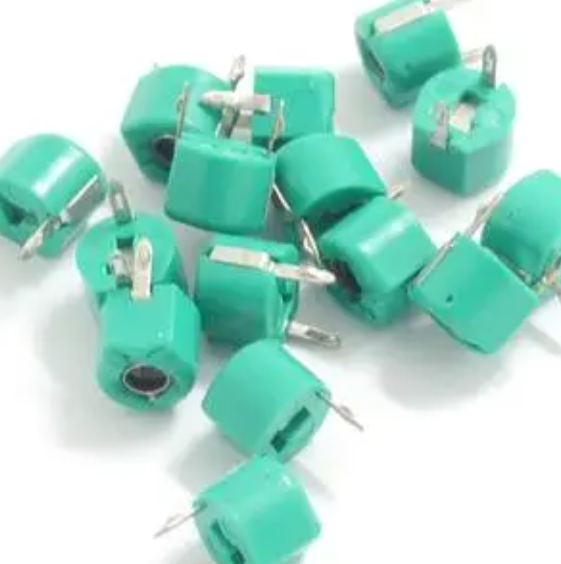Capacitors are an indispensable component in electronic products. They play important roles in smooth filtering, power decoupling, signal bypass and AC coupling of AC and DC circuits in electronic equipment. Given the diversity and wide range of applications of capacitors, we need to understand the performance specifications, general characteristics, and advantages, disadvantages, and limitations of various capacitors in specific applications. The main parameters and applications of capacitors will be described in detail below.

1. Nominal capacitance (CR): This is the capacitance value indicated on the capacitor product. The nominal capacitance of different capacitor types is different. Mica and ceramic dielectric capacitors generally have lower capacitances (approximately under 5000pF), while paper, plastic, and some ceramic dielectric capacitors have medium capacitances (approximately between 0.005uF and 1.0uF). Electrolytic capacitors usually have larger capacitance. This is a preliminary classification method.
2. Category temperature range: This is the ambient temperature range in which the capacitor can operate continuously, depending on the temperature limits of its category, such as upper category temperature, lower category temperature and rated temperature. This parameter is crucial for the suitability of the capacitor in different operating environments.
3. Rated voltage (UR): It indicates the maximum DC or AC voltage (effective value or peak value of pulse voltage) that the capacitor can continuously withstand at a certain temperature. Be aware of the corona phenomenon, especially under high voltage fields, which may cause capacitor breakdown or damage.
4. Loss tangent (tgδ): It describes the ratio of the loss power and reactive power of the capacitor under a sinusoidal voltage at a specified frequency. A smaller loss tangent indicates lower losses in the capacitor, which is an important performance metric for electronic devices.
5. Temperature characteristics of capacitors: Usually 20°C is used as the reference temperature to describe the percentage change of capacitance relative to 20°C at different temperatures.
6. Service life: The service life of the capacitor will decrease as the temperature increases, because high temperature will accelerate the aging and degradation of the medium.
7. Insulation resistance: Insulation resistance decreases with increasing temperature because increasing temperature increases electron activity.
Capacitors can be divided into two categories: fixed capacitors and variable capacitors. Fixed capacitors are divided into mica capacitors, ceramic capacitors, paper/plastic film capacitors, etc. according to different dielectric materials. For different application scenarios and requirements, we need to carefully select the appropriate type of capacitor.
